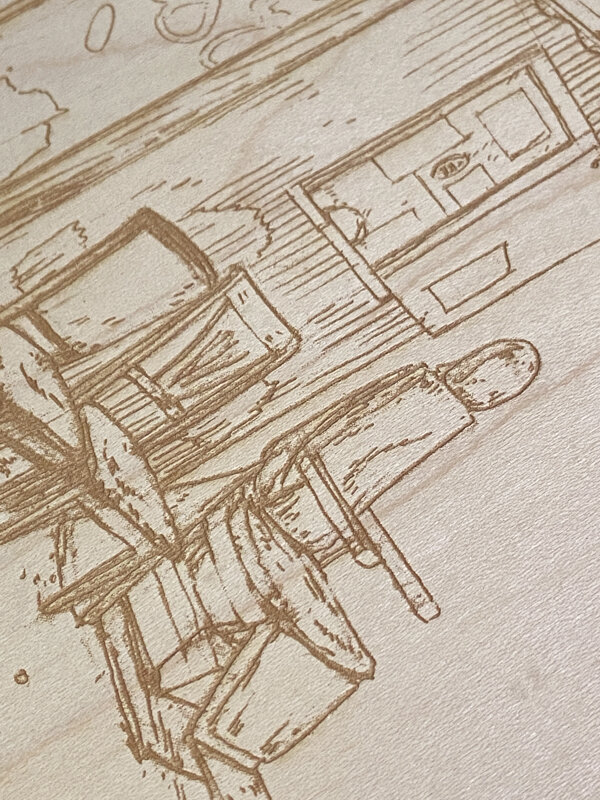
The golden age of artists engraving was 1450-1550, after which the technique lost ground to etching as a medium for artists, although engravings continued to be produced in huge numbers until after the invention of photography. Drypoint and etching were also German inventions of the fifteenth century, probably by the Housebook Master and Daniel Hopfer respectively. Italian and Netherlandish engraving began slightly after the Germans, but were well developed by 1500. Martin Schongauer was one of the earliest known artists to exploit the copper-engraving technique, and Albrecht Dürer is one of the most famous intaglio artists. It has been suggested that goldsmiths began to print impressions of their work to record the design, and that printmaking developed from that. Engraving had been used by goldsmiths to decorate metalwork, including armour, musical instruments and religious objects since ancient times, and the niello technique, which involved rubbing an alloy into the lines to give a contrasting colour, also goes back to late antiquity. Intaglio engraving, as a method of making prints, was invented in Germany by the 1430s, well after the woodcut print. Brief history old master print, line engraving
.jpg)

The final smooth wipe is often done with newspaper or old public phone book pages, leaving ink only in the incisions. To print an intaglio plate, ink is applied to the surface and then rubbed with tarlatan cloth to remove most of the excess. Collographs may also be printed as intaglio plates.

Normally, copper or zinc plates are used as a surface, and the incisions are created by etching, engraving, drypoint, aquatint or mezzotint. Intaglio is a family of printmaking techniques in which the image is incised into a surface, known as the matrix or plate.


 0 kommentar(er)
0 kommentar(er)
